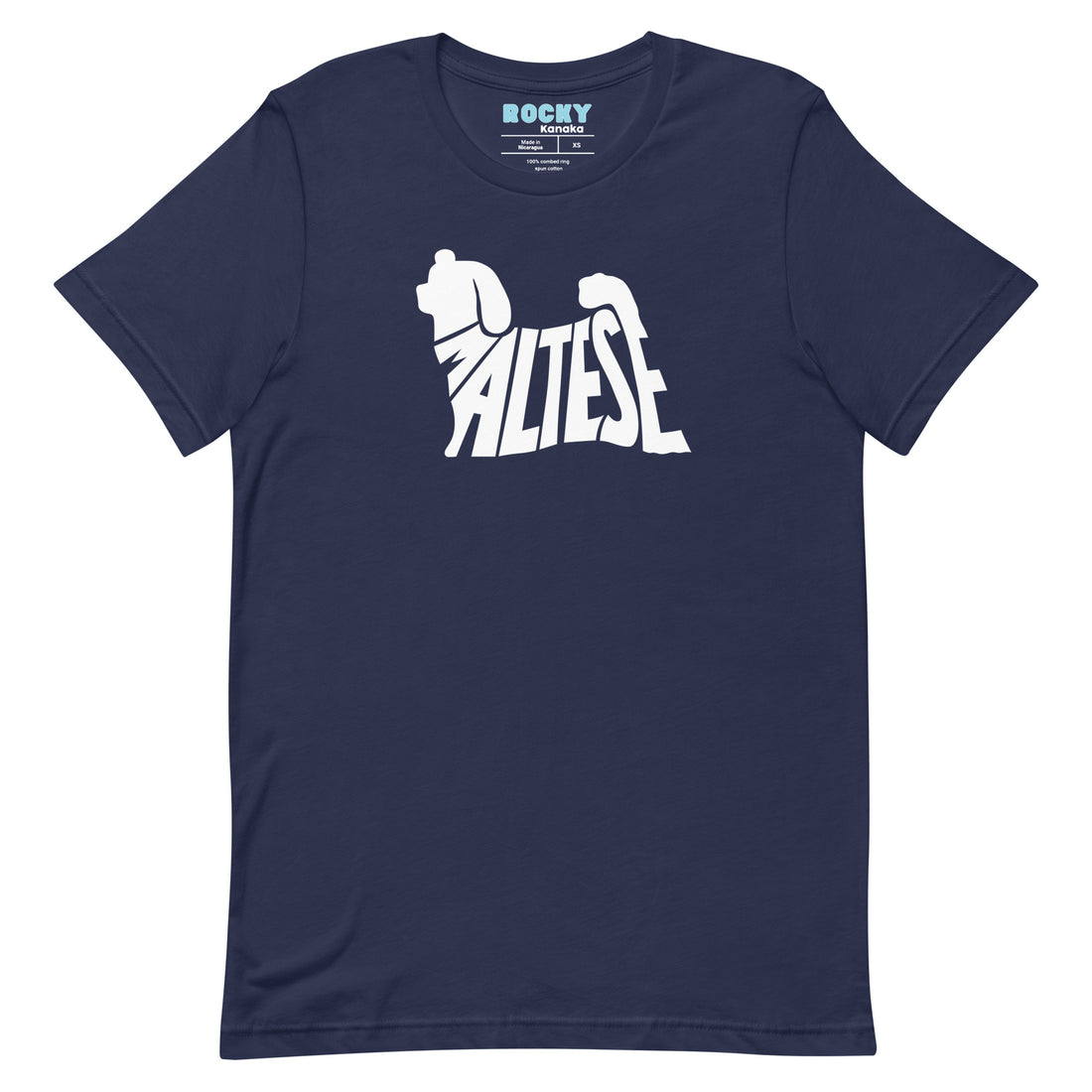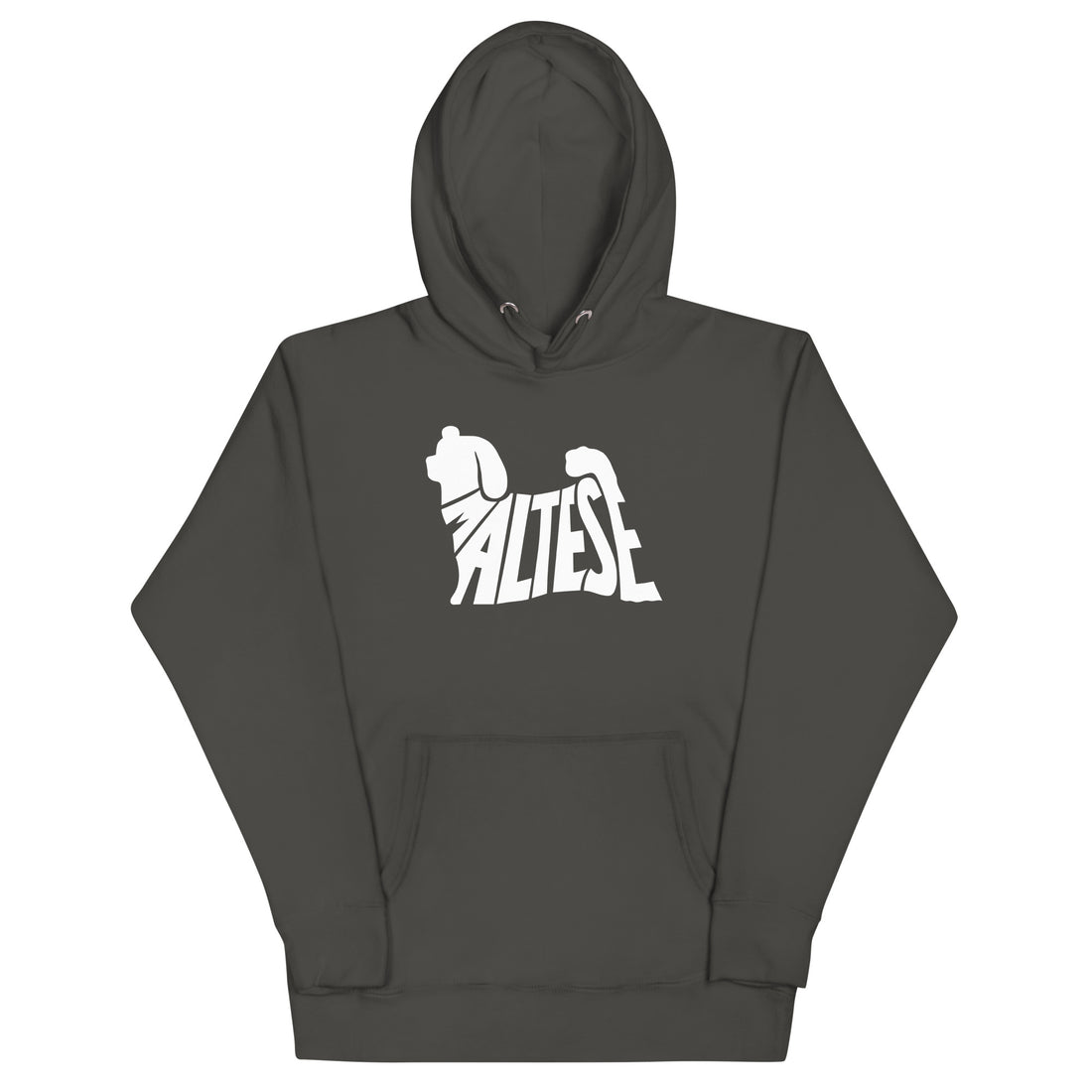Can a Maltese Dog Be Black? Unraveling the Mystery of the Black Maltese

I was at Starbucks the other day and as I awaited my order, a fellow customer caught my eye—a woman cradling an adorable black dog in her arms. Unable to resist the urge to ask about her captivating companion I asked what kind of dog they were. She revealed that this was none other than a Black Maltese. Intrigued by the unexpected twist on the traditional Maltese coat color, I couldn’t help but wonder: Can a Maltese dog truly be black?
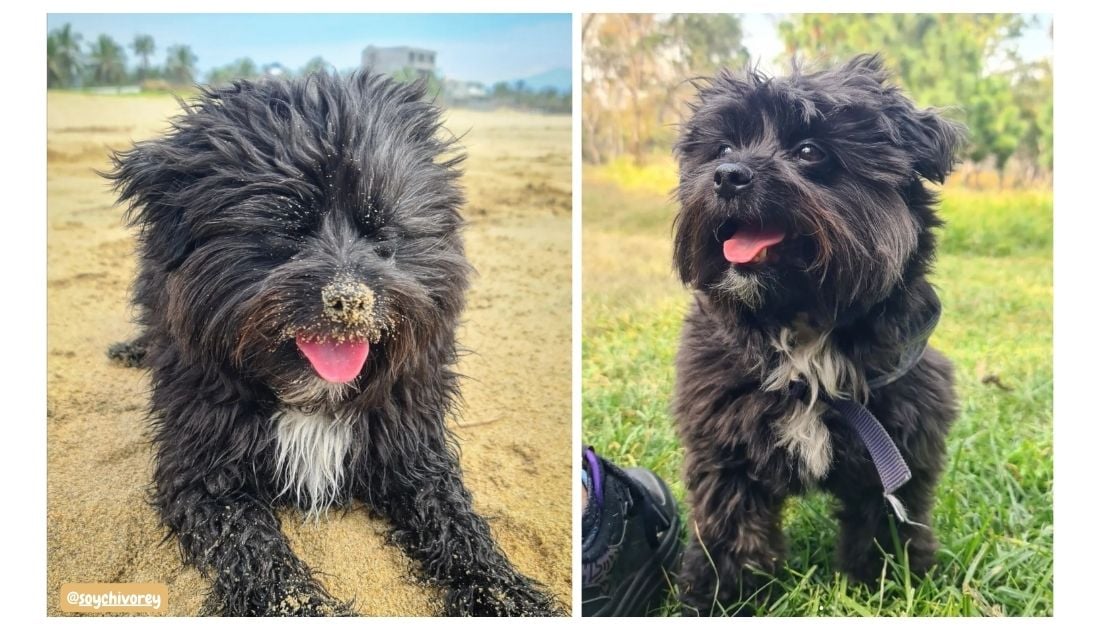
The Maltese dog breed is well-known for its elegant, silky white coat, which has charmed dog lovers for centuries. In this article, we will explore the concept of the elusive Black Maltese and shed light on this intriguing topic. So, let’s dive in!
Understanding the Maltese Coat Color
The standard Maltese breed is recognized for its pure white coat. This color is a result of genetic inheritance and has been carefully bred for generations. The American Kennel Club (AKC) and other major kennel clubs around the world adhere to these breed standards.
The Mystery of the Black Maltese
While the Maltese breed is primarily known for its white coat, occasionally, you may come across a Maltese with a black coat. However, it’s essential to understand that a true Black Maltese is extremely rare and not a recognized color within the breed standard. The presence of a black coat in a Maltese usually indicates the influence of another breed in its lineage. If someone tells you that their Maltese is black, it’s likely a mixed breed dog.
Factors Influencing Coat Color
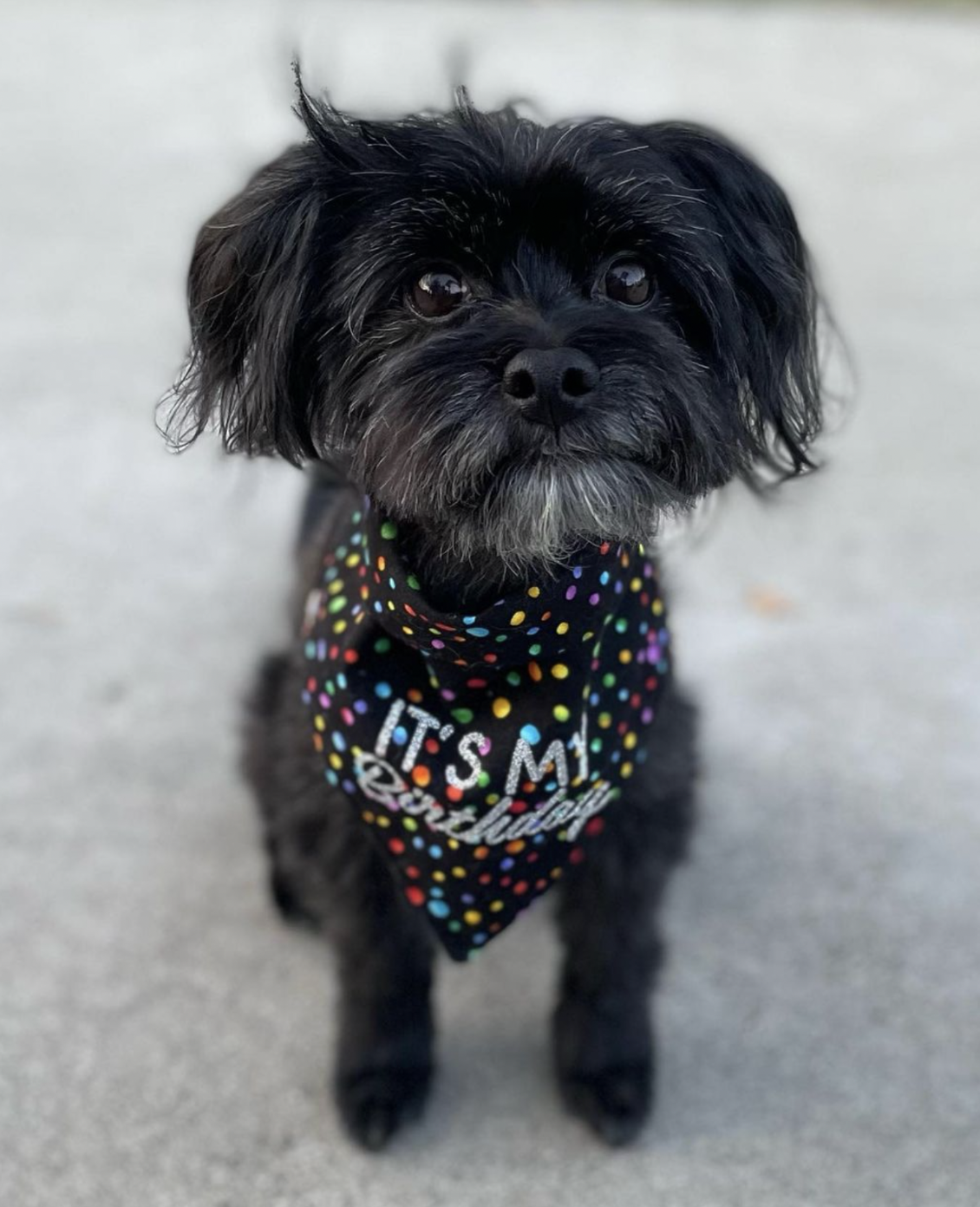
When a Maltese exhibits a black coat, it is often the result of genetic variations or crossbreeding. It’s important to note that the specific genes responsible for coat color are complex and can be influenced by various factors. If a Maltese has a black coat, it is likely due to the presence of genes from a different breed, such as a Poodle or a Shih Tzu, in its ancestry.
Here is a more detailed explanation of how a black Maltese can occur:
1. Genetic Variation

Coat color in dogs is determined by multiple genes, and sometimes, genetic variations can result in unexpected coat colors. These variations can occur through spontaneous mutations or through the presence of recessive genes inherited from the dog’s ancestors.
2. Crossbreeding
A black coat in a Maltese can also be attributed to crossbreeding with another breed that carries the black coat gene. When a Maltese is bred with a dog that has a dominant black coat color, such as a Poodle or a Shih Tzu, there is a chance that some puppies in the litter may inherit the black coat.
3. Ancestral Influence
Maltese dogs have a long history, and their breed development involved crossbreeding with other small companion breeds. Throughout the generations, there may have been instances where dogs with black coats were introduced into the Maltese bloodline, leading to the occasional appearance of black coats in some individuals.
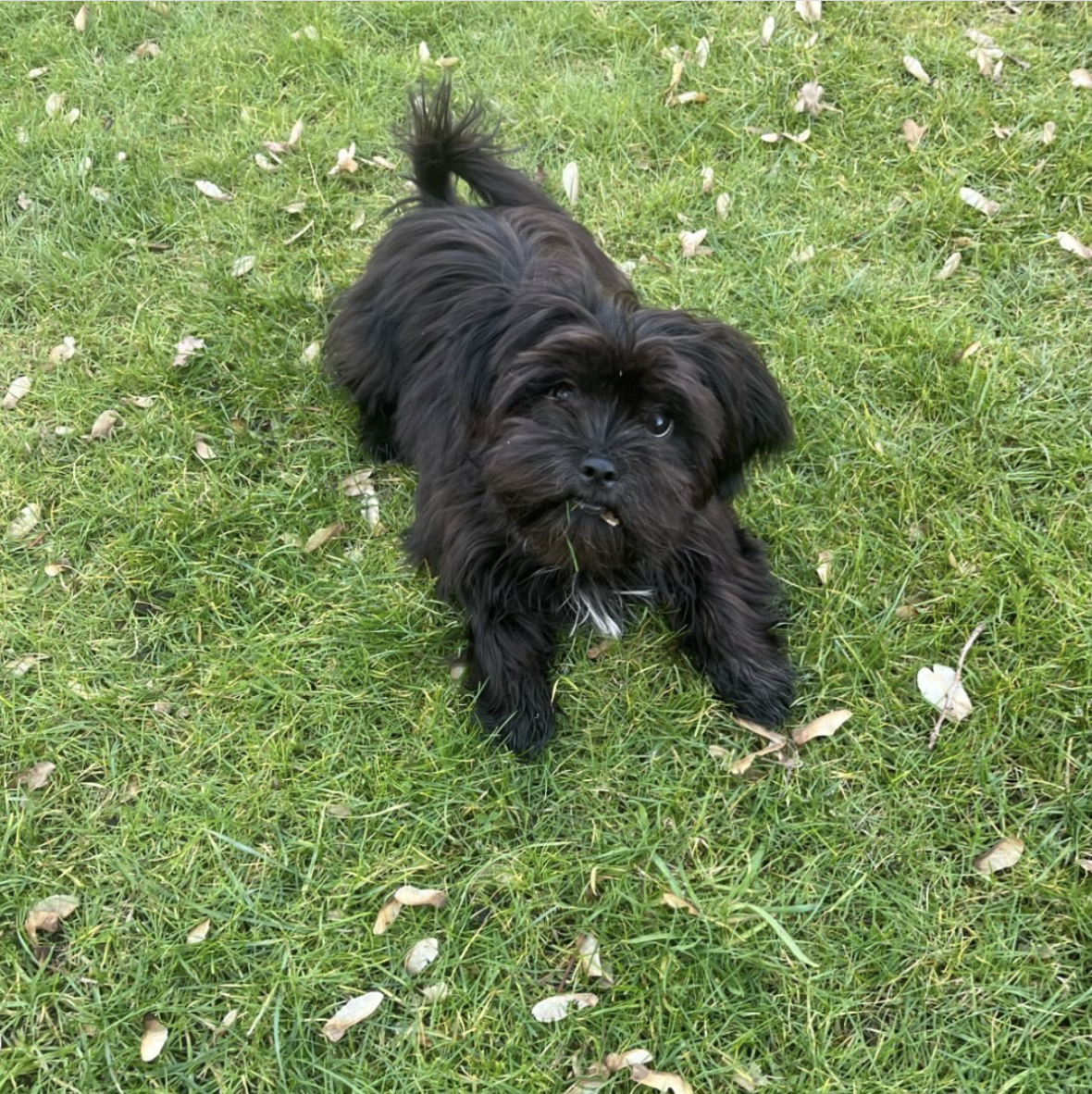
4. Dilution Genes
Another factor that can contribute to a black coat in a Maltese is the presence of dilution genes. These genes can alter the expression of coat color, resulting in shades of gray or even black. It is possible for a Maltese to carry dilution genes inherited from its ancestors, which can influence the coat color of future generations.
A dilution gene is a genetic factor that can alter the intensity or shade of a dog’s coat color. It affects the way pigments are distributed or expressed in the hair shaft. Dilution genes specifically influence the eumelanin pigment, which is responsible for black and brown colors in a dog’s coat.
There are two primary dilution genes known in dogs: the D locus (dilute) and the B locus (brown). These genes can interact with other color genes to produce various coat color variations.
1. D locus (dilute)
The D locus, also known as the dilution gene, is responsible for diluting the intensity of eumelanin, resulting in lighter coat colors. The dilute gene is typically represented by the letter “d.” When a dog inherits two copies of the dilute gene (dd), it causes a dilution of black pigment to blue or gray and a dilution of chocolate pigment to a lighter shade.
2. B locus (brown):
The B locus determines whether the eumelanin pigment in a dog’s coat is expressed as black or brown. The dominant form of the B gene allows for the expression of black pigment, while the recessive form (bb) results in the expression of brown pigment. The brown coloration can vary in intensity and shade.
Dilution genes in Maltese or any other breed do not create entirely new colors. Instead, they modify the expression of existing colors.
In the case of Maltese, which are predominantly known for their white coat color, dilution genes can influence the intensity or shade of the coat. While dilution genes may not create completely new colors, they can produce variations within the existing color spectrum. For example, in the presence of dilution genes, the black pigment may be diluted to gray or blue, resulting in a different shade of coat color but not an entirely new color.
Dilution genes can interact with other coat color genes, such as those responsible for patterns or markings, to create a wide range of coat color variations seen in different dog breeds.
Understanding dilution genes is crucial for breeders and enthusiasts who want to predict and understand coat color outcomes in breeding programs. It helps explain the appearance of diluted coat colors like blue, gray, or lighter shades of brown in various dog breeds.
Although the Black Maltese is a captivating notion, it is essential to understand that true black-colored Maltese dogs are rare and not recognized as a standard color within the breed. While a Maltese may occasionally display a black coat, it is typically due to crossbreeding or genetic variations. If you are interested in a purebred Maltese, it’s important to choose a reputable breeder who adheres to breed standards. Remember, the charm of the Maltese lies in its elegant white coat, delightful personality, and unwavering companionship.
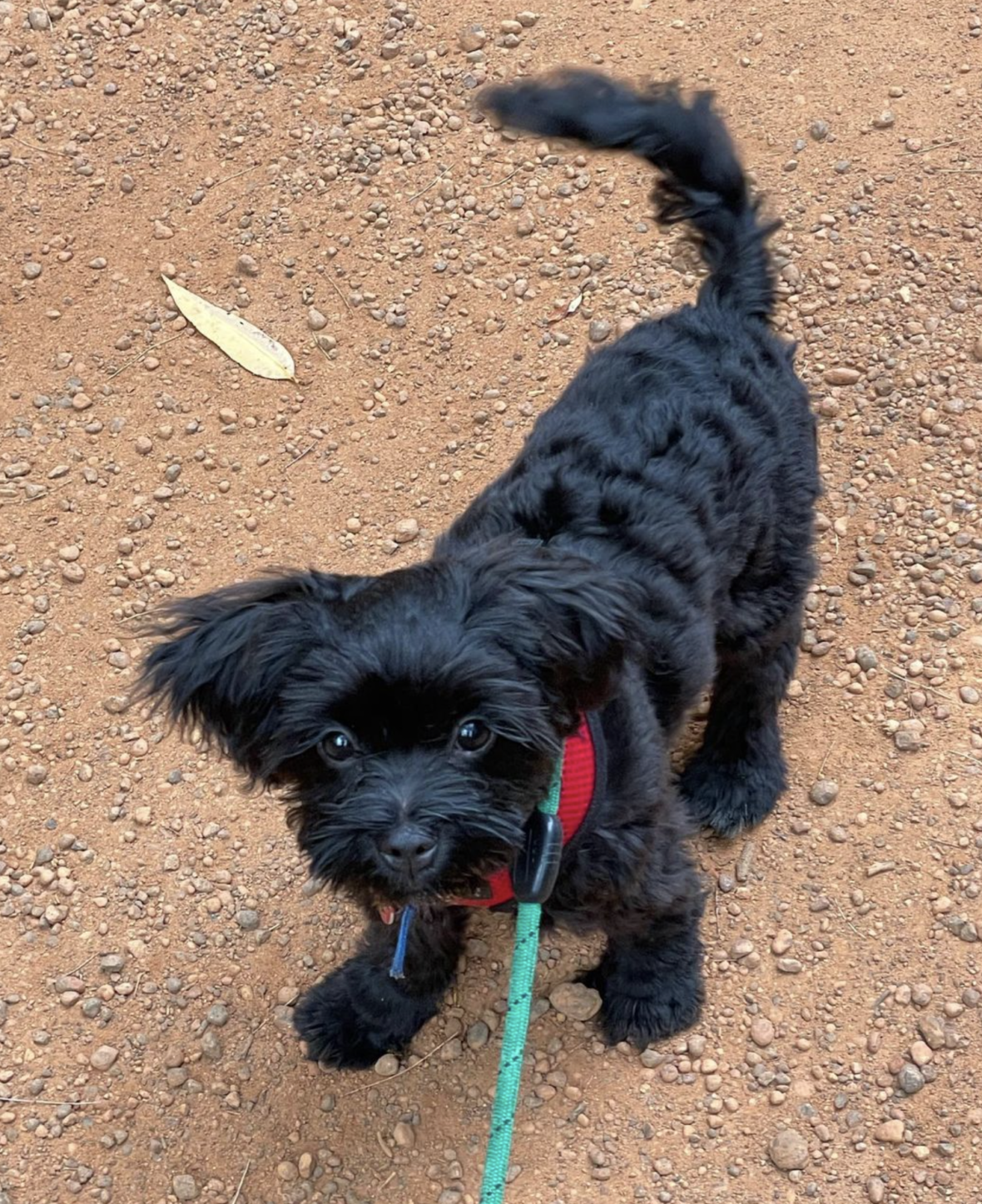
FAQs about Black Maltese:
Can a Maltese dog be born black?
While it is extremely rare, some Maltese puppies may be born with a black coat. However, this color usually changes as the puppy grows, and the final coat color will likely be white or light cream.
Are Black Maltese recognized as a separate breed?
No, the Black Maltese is not recognized as a separate breed. It is considered a variation resulting from crossbreeding or genetic anomalies.
Can I find a purebred Black Maltese?
Finding a purebred Black Maltese is highly unlikely. Most dogs with a black coat identified as Maltese are mixed breeds or have non-Maltese ancestry.
Are Black Maltese hypoallergenic like regular Maltese?
Hypoallergenic properties are associated with the Maltese breed, primarily due to their non-shedding coat. The presence of a black coat does not affect their hypoallergenic status.
Can I show a Black Maltese in conformation shows?
No, Black Maltese cannot be shown in conformation shows according to breed standards. Only dogs that meet the breed’s specific criteria, including coat color, can participate in such events.
The three foods that are super healthy and that almost every dog loves, even the pickiest dogs, are:
1. The Farmer’s Dog.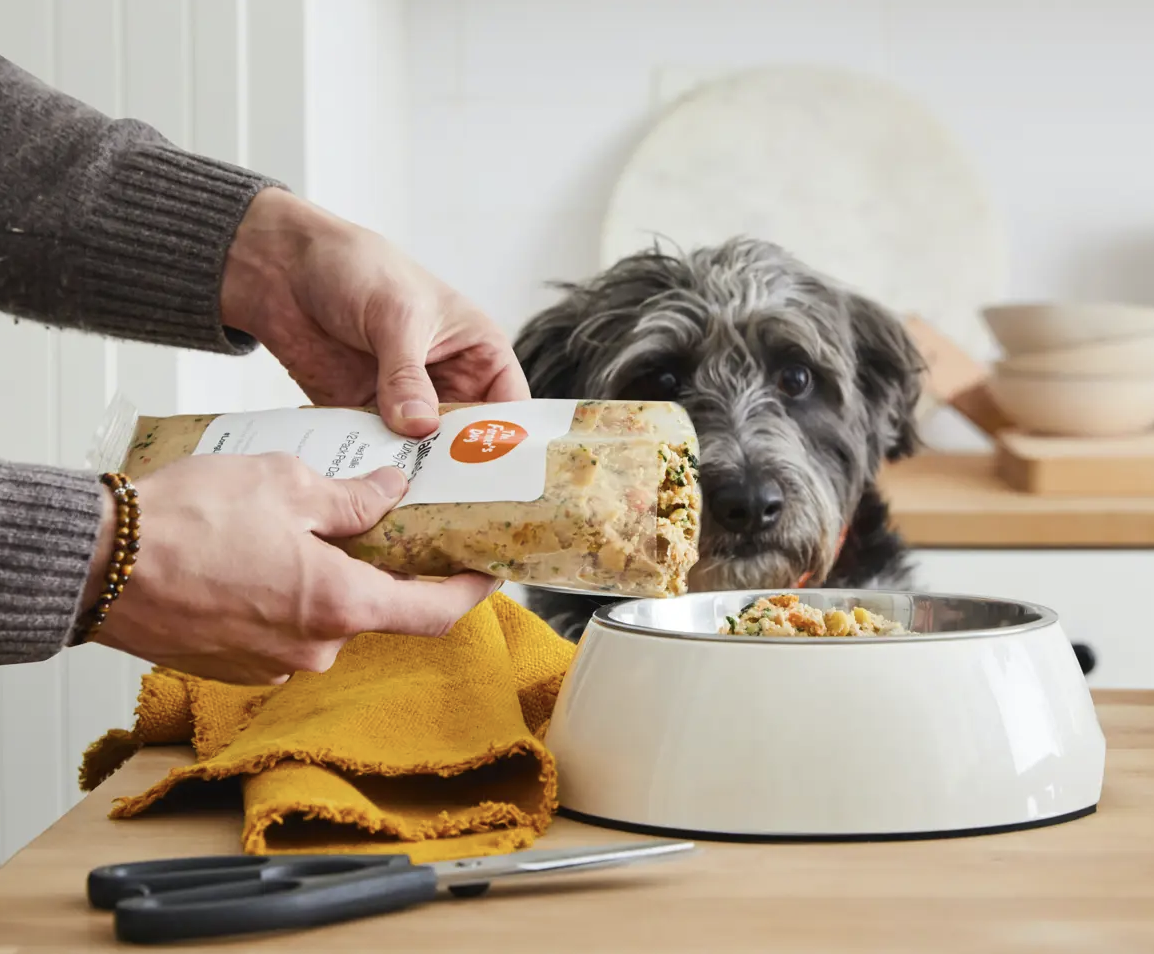
This is a fresh-frozen food that’s delivered to your home in just the right amounts for your dog. There are a number of fresh frozen dog foods available on the market and I tested them all. The Farmer’s Dog came up the winner with my picky dogs. You can see the fresh frozen food test here.
Save 60% on your first order
—
2. Sundays Food For Dogs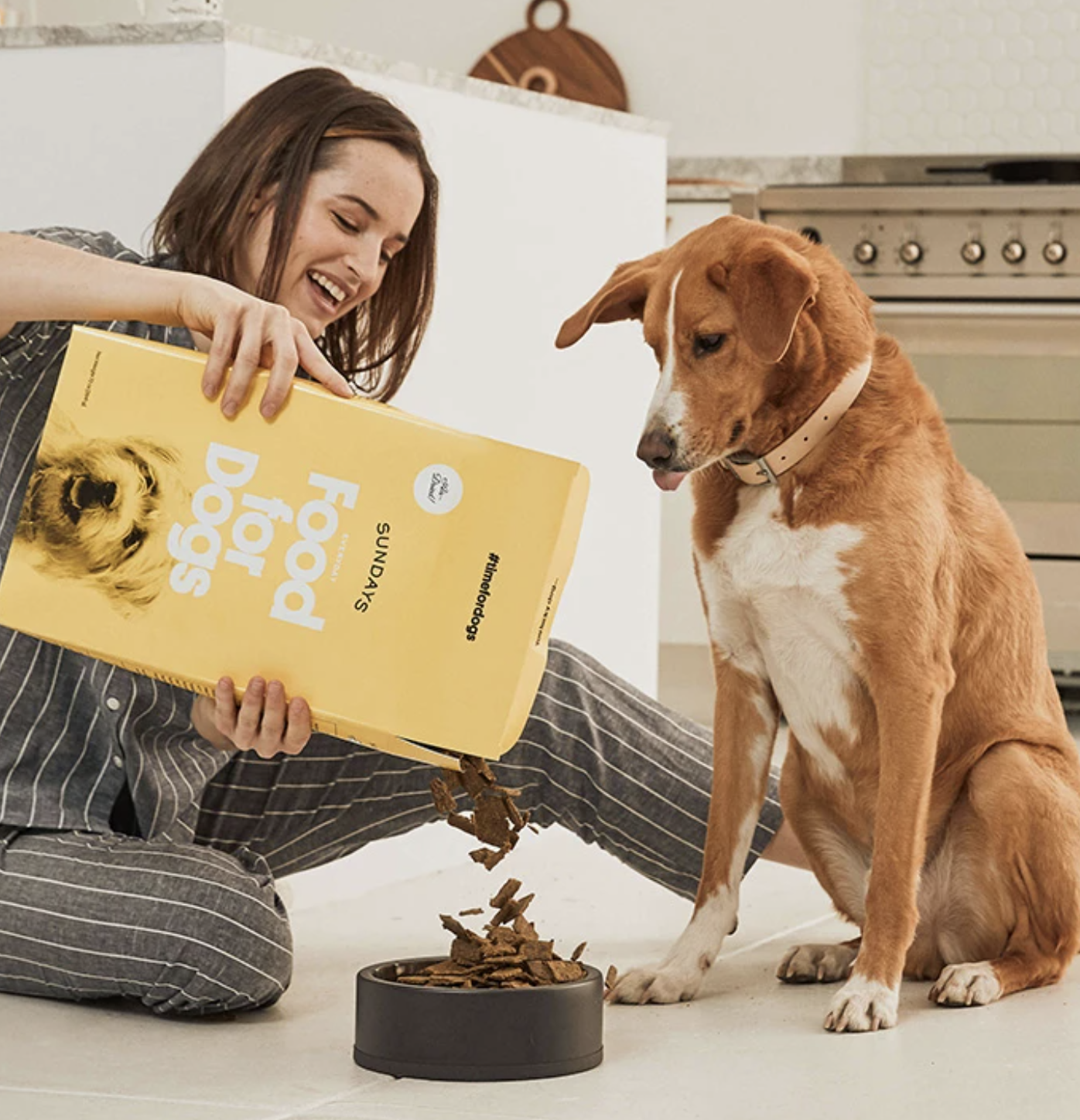
This is an air-dried food. It has the convenience of kibble (just pour it in the bow) but is much much healthier. It’s like little pieces of jerky, so dogs go crazy for it. There are a number of air-dried foods on the market. My dogs tested 3 of them. You can see the results of the air-dried food test here.
Get 35% off your first order + free shipping w/ code ROCKY35
3. We Feed Raw.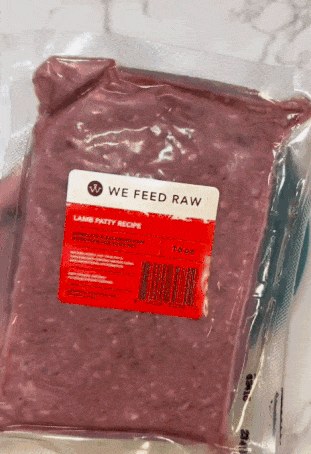
This raw food for dogs comes delivered to your home is perfectly sized portions for your pup. They primarily source their ingredients from trusted U.S. farmers, with two exceptions: venison and lamb. These ingredients are sourced from New Zealand, where some of the highest-quality and most ethically raised venison and lamb can be found. Pasture-raised and grass-fed and finished, we highly recommend trying these formulas if you’re interested in the best-quality ingredients. Save 25% on your first order.
Supplements: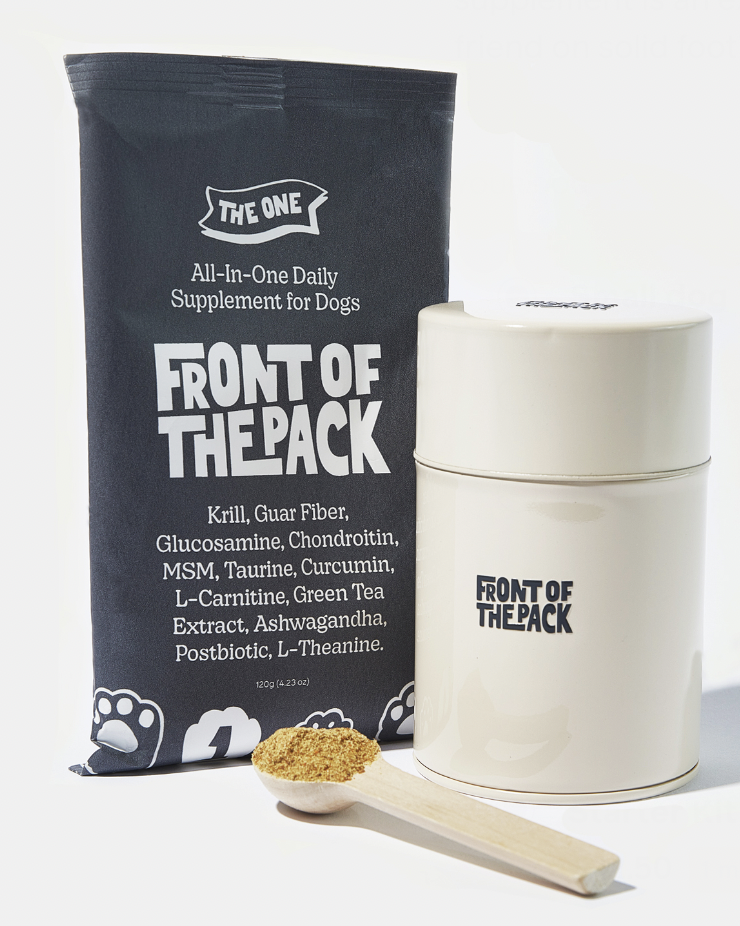
I highly recommend using a supplement on your dog’s food, not matter what you feed them, to ensure the meal is balanced and they are getting all the right supplements to help them stay healthy. The supplement I use is called The One from Front of the Pack. It has 12 ingredients that have been clinically-proven to keep your dog’s joints, skin, heart, digestion, and even their breath in tip-top shape. It’s also a powder, so easy to sprinkle on your dog’s food. For a limited time, when you buy one month you get a second month free.
Related Articles:
- Debunking the Myth – Are Maltese Dogs Truly Hypoallergenic?
- 7 Best Toys For Maltese, According To An Expert
- Top 3 Dog Foods for Maltese According to An Expert
- Want to Meet A Malchi Dog? Introducing the Maltese Chihuahua Mix [with photos]

